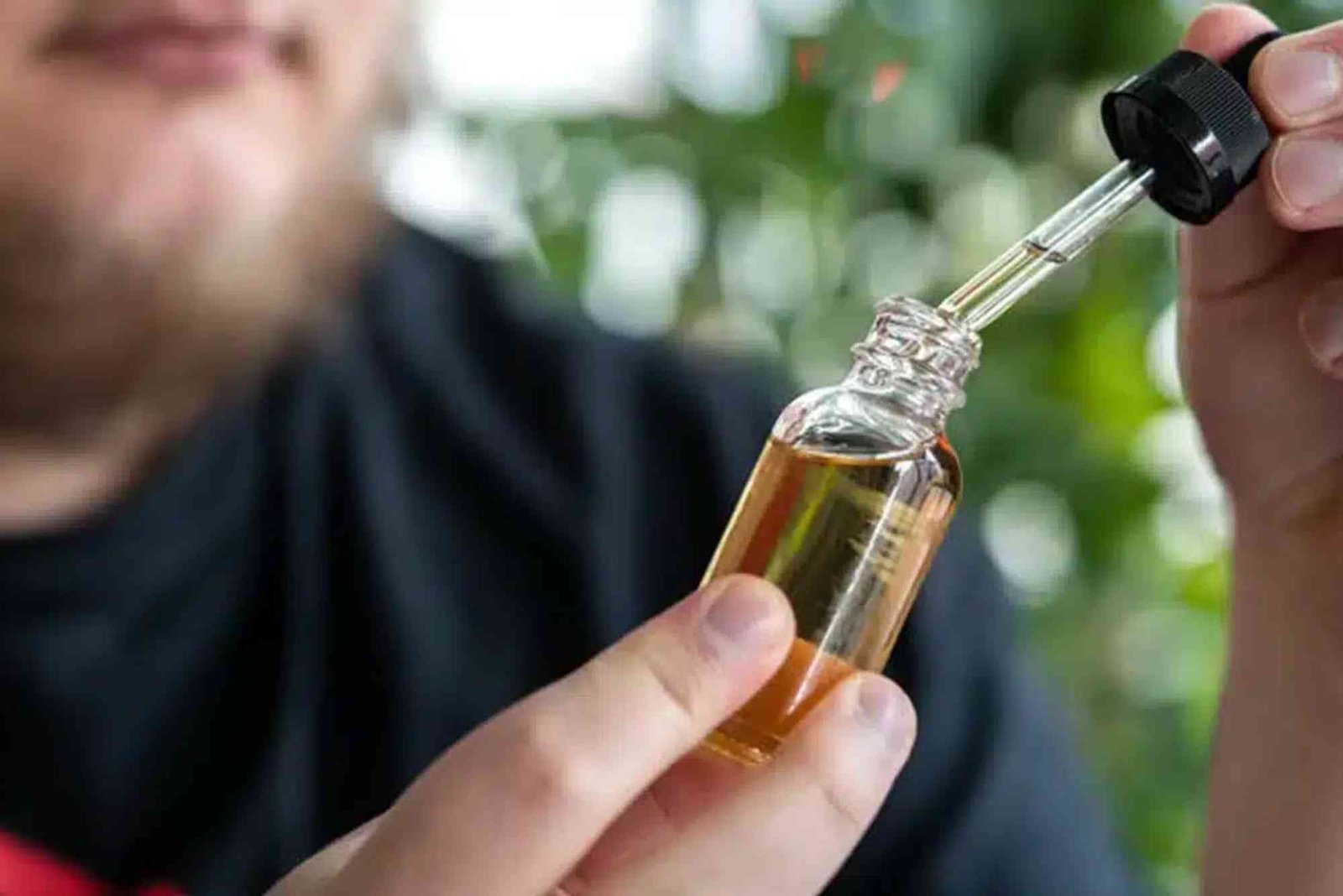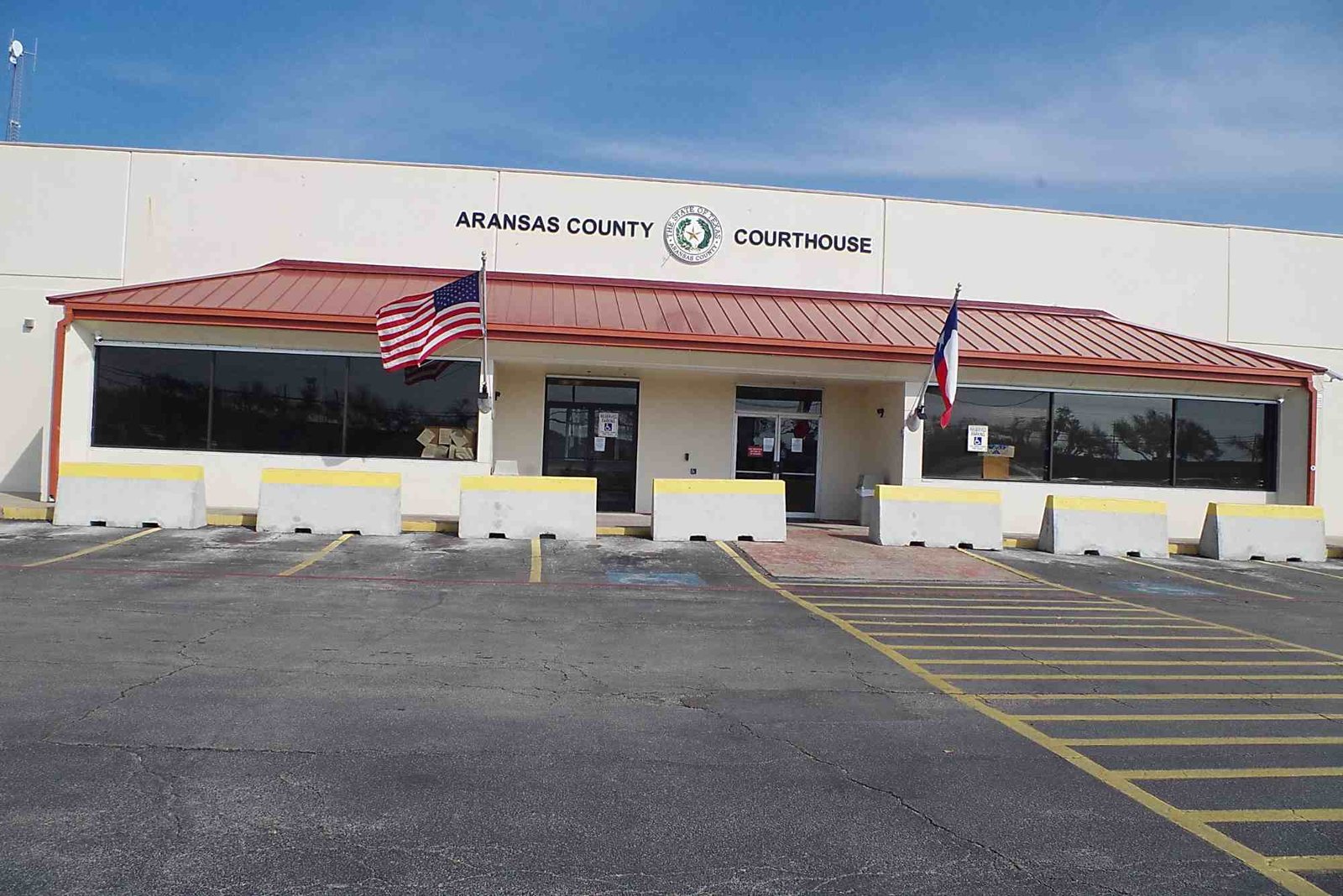Introduction
Pizza is one of the most beloved comfort foods across the globe. Whether it’s a quick dinner, a party treat, or a late-night craving, pizza rarely disappoints. But what happens when you wake up the next morning and find leftover pizza still sitting on the counter? The big question arises — Is it ok to eat pizza that sat out overnight?
Many people are tempted to just grab a slice and reheat it, thinking it looks and smells fine. However, food safety experts warn that eating pizza that has been left out for too long can pose real health risks. In this article, we’ll dive deep into practical tips to help you decide whether it’s safe to eat that leftover slice, how to store and reheat pizza properly, and what signs indicate that your pizza should go straight to the trash.
Understanding Food Safety and Bacteria Growth
The safety of leftover pizza depends primarily on one thing — how long it has been sitting out and under what conditions. According to the U.S. Department of Agriculture (USDA), perishable foods like pizza that contain cheese, meat, or sauce should not be left at room temperature for more than two hours. Beyond this period, harmful bacteria such as Staphylococcus aureus and Bacillus cereus can start multiplying rapidly.
These bacteria are invisible to the naked eye and can cause symptoms like nausea, vomiting, or diarrhea. Even if the pizza looks and smells fine, it could still harbor dangerous microorganisms. So if your pizza has been sitting out all night — especially in a warm kitchen — it’s best to avoid eating it.
Why Temperature Matters in Food Safety
Temperature plays a crucial role in determining whether your pizza remains safe to eat. The “danger zone” for food safety is between 40°F and 140°F (4°C and 60°C). This is the temperature range where bacteria grow the fastest. Pizza sitting on the counter overnight typically falls well within this range.
If the pizza was left in a cool room or near an open window in winter, it might not reach the same level of bacterial growth. However, even in such cases, it’s difficult to be completely certain. Unless it was refrigerated within two hours of being cooked, it’s safer to discard it.
The Science Behind Spoiled Pizza
When pizza sits out too long, several things happen. The cheese begins to harden and separate from the crust. The sauce loses its moisture, and the toppings may develop an unpleasant texture. More importantly, bacteria start feeding on the nutrients present in the toppings and dough. As these bacteria multiply, they release toxins that are resistant to heat — meaning that even reheating won’t always make the pizza safe again.
Reheating can kill active bacteria, but it cannot neutralize heat-stable toxins. So even if you pop the pizza into the oven or microwave, it might still cause food poisoning.
How Long Can Pizza Safely Sit Out?
As a general rule, pizza should not sit out at room temperature for more than two hours. If the room temperature is above 90°F (32°C), that time limit drops to one hour. On the other hand, if the pizza was refrigerated within the two-hour window, it can last for up to four days when stored properly.
When reheating, make sure the pizza reaches an internal temperature of 165°F (74°C) to kill any potential bacteria. This ensures a safer eating experience.
What If the Pizza Is Vegetarian?
Many people assume that vegetarian pizza is safer because it doesn’t contain meat. While it’s true that meat spoils faster, vegetarian pizza is not risk-free. Cheese and sauces are dairy-based and can still harbor bacteria when left at room temperature for extended periods. Therefore, vegetarian pizza that sat out overnight should also be discarded.
Storing Pizza Safely for Later
If you want to save leftover pizza, refrigeration is key. Once you’re done eating, place the remaining slices in airtight containers or wrap them tightly in aluminum foil or plastic wrap. Store them in the fridge within two hours of cooking.
For longer storage, pizza can be frozen for up to two months. Just make sure to separate slices with parchment paper before freezing. When reheating frozen pizza, preheat your oven to 375°F (190°C) and bake for about 10 minutes to restore the crispiness.
Reheating Pizza the Right Way
Reheating pizza is an art if you want to preserve its flavor and texture. Avoid microwaving directly because it often makes the crust soggy. Instead, use one of the following methods:
Oven Method:
Preheat your oven to 375°F (190°C). Place the pizza on a baking sheet and heat for 8–10 minutes. This method keeps the crust crisp and evenly warms the toppings.
Skillet Method:
Heat a non-stick skillet on medium. Place the pizza slice in the skillet for a few minutes until the bottom becomes crispy. Add a few drops of water to the pan, cover it, and heat for another minute. The steam helps melt the cheese perfectly.
Air Fryer Method:
Set the air fryer to 350°F (175°C) and heat the pizza for 3–5 minutes. This is one of the quickest ways to reheat pizza while maintaining texture.
When to Toss Out Leftover Pizza
If you’re unsure about your pizza’s freshness, it’s better to be cautious. Discard pizza that:
-
Has been sitting out for more than two hours.
-
Smells sour or unpleasant.
-
Feels slimy or unusually soft.
-
Has visible mold spots.
Even if just one slice shows signs of spoilage, it’s safer to discard the entire batch. Foodborne illness is not worth the risk.
Myths About Eating Pizza Left Out Overnight
There are plenty of myths surrounding leftover pizza. Let’s debunk some of them.
Myth 1: “Reheating kills all bacteria.”
Truth: Reheating kills bacteria but not their toxins, which can still cause illness.
Myth 2: “Vegetarian pizza is safe to eat after a night out.”
Truth: Dairy products like cheese still spoil quickly at room temperature.
Myth 3: “Cold weather prevents bacteria growth.”
Truth: While cooler air slows bacterial growth, it doesn’t stop it completely.
What Happens If You Eat Spoiled Pizza?
Eating pizza that’s been left out overnight can cause foodborne illness. Symptoms might appear within hours and include stomach cramps, vomiting, nausea, or fever. In mild cases, symptoms may pass quickly, but in severe cases, especially for children, pregnant women, or the elderly, medical attention may be necessary.
Expert Advice on Food Safety
Food safety experts agree that prevention is better than cure. Always refrigerate leftovers promptly and store them properly. If you frequently forget to refrigerate food, consider setting a reminder after meals. Following these small steps can save you from potential food poisoning.
If you’re interested in understanding how food science works and how temperature affects bacteria, you can Learn more from scientific studies on food microbiology.
Related Food Safety Topics
Curious about how food safety connects to other areas of science and technology? Check out this Related Food article that explores innovation in different fields, including how research impacts our everyday habits.
For more practical food safety guides and insights, you can also visit Is It Ok To Eat Pizza That Sat Out Overnight, where you’ll find articles about proper food handling, safe storage, and nutrition tips.
So, is it ok to eat pizza that sat out overnight? The short answer is no. While it may look and smell perfectly fine, bacteria can multiply quickly on perishable food like pizza. Eating it could risk food poisoning. The safest approach is to refrigerate leftovers within two hours and reheat them properly when ready to eat. Food safety might seem like a small detail, but it plays a big role in maintaining good health. Always remember — when in doubt, throw it out. It’s better to waste a slice of pizza than to risk your well-being.
If you found this article helpful, share it with your friends and family to promote food safety awareness. And don’t forget to explore our Related Food article for more expert insights on lifestyle and practical living tips.
FAQs
Can you eat pizza that was left out overnight if it’s covered?
Covering the pizza doesn’t prevent bacteria growth. If it’s been more than two hours at room temperature, it’s unsafe to eat.
Can you eat pizza left in the oven overnight?
Even if it’s left in the oven, as long as the temperature falls into the “danger zone” range, bacteria can grow. It’s best to avoid it.
How long can cooked pizza stay in the fridge?
Properly stored pizza can last up to four days in the refrigerator. Reheat thoroughly before eating.
Can you freeze leftover pizza?
Yes, pizza can be frozen for up to two months. Just wrap slices individually to maintain freshness.
What is the safest way to reheat pizza?
The oven or air fryer method works best to retain crispiness and ensure even reheating.







